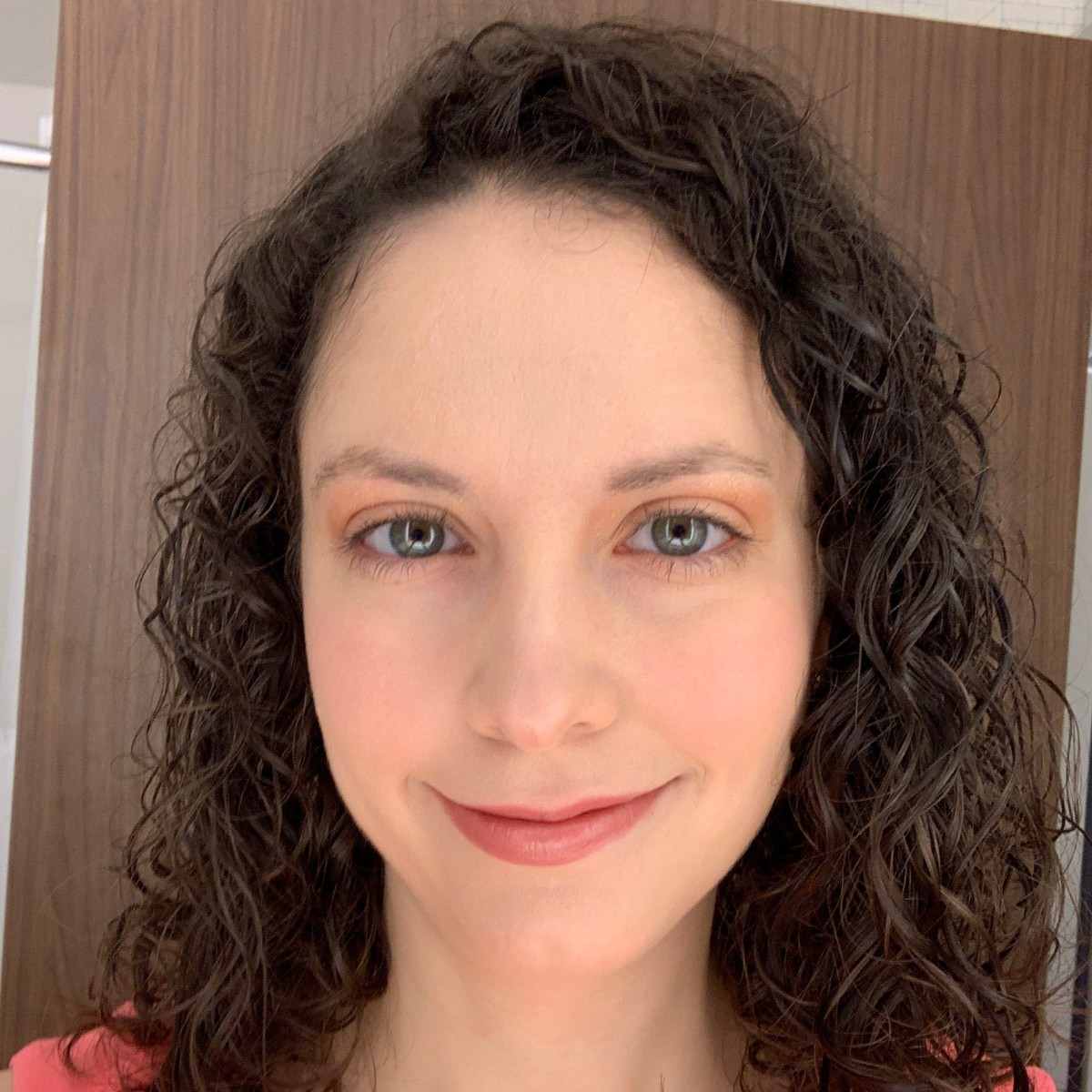
These Treatments Will Help You Get Rid of Head Lice
Key takeaways:
Safe and effective head lice treatments are available with or without a prescription.
Follow the instructions for your product carefully. Some medications need two treatments to fully kill lice. Check in with a healthcare provider if your lice treatment doesn’t seem to be working.
Avoid home remedies and natural products for lice. There’s little to no evidence that these work.

What has six legs, is the size of a sesame seed, and is guaranteed to make you itch just thinking about them? Lice. Up to 12 million cases of head lice are believed to happen each year in the U.S. for children ages 3 to 11 years old. So, if your cutie brought home cooties from daycare, this article’s for you.
Although these teeny-tiny creepy crawlies aren’t considered dangerous, getting rid of them can cause a lot of stress. Here, we’ll talk about over-the-counter (OTC) and prescription treatment options for head lice. We’ll also take a look at some popular home remedies, and separate fact from fiction.
Someone in my family has lice: Now what?
If your child brought home head lice from school along with their homework, you may be wondering if you should just treat the whole family. The answer is no. You should only treat the people in your household who have live lice, have nits (lice eggs), or share a bed with the person who has lice and/or nits. But regardless of who’s treated, be sure to check everyone in the house daily for about 10 to 15 days.
It’s not just hair that needs to be treated. Wash towels, bedding, and clothing the person with lice or nits used in hot water, and use the hottest setting on the dryer. Also, soak hair care tools, like combs or brushes, in hot water for 5 to 10 minutes.
Items that can’t be washed can be sealed in a plastic bag for 2 weeks. You should vacuum floors and furniture to remove any dropped hair that may have nits attached, as well. But no need to worry about treating your pets — our furry friends can’t catch or spread lice.
What head lice treatments are available?
Lice treatments are available OTC or with a prescription from a healthcare provider. All options are safe and effective when used as directed.
| Lice treatment | How available | Retreat? | Minimum age |
|---|---|---|---|
| Permethrin 1% (Nix) | OTC | Probably | 2 months |
| Pyrethrins/piperonyl butoxide (RID) | OTC | Yes | 2 years |
| Ivermectin 0.5% (Sklice) | OTC | No | 6 months |
| Malathion 0.5% | Prescription | Possibly | 6 years |
| Spinosad 0.9% (Natroba) | Prescription | Possibly | 6 months |
No matter which treatment you use, it’s important to comb the hair using a lice comb afterwards. Be sure to follow your product’s instructions on how many days you should continue to comb after treatment.
OTC head lice treatments
Permethrin
You might see permethrin marketed as a lotion, cream rinse, or shampoo. Permethrin only kills living lice but not nits. So you’ll likely need to use a second treatment about a week later to kill any newly hatched lice.
Apply permethrin products to damp hair that has been shampooed (without conditioner) and towel-dried. Leave on for 10 minutes, and rinse off. Repeat with a second treatment if live lice are seen again 7 days or more after the first treatment.
Pyrethrins and piperonyl butoxide
Pyrethrin products are available OTC as a shampoo or mousse. Since pyrethrins only kill living lice, and not nits, you’ll need a second treatment to take care of them. Unlike with permethrin, a second treatment is required.
Apply pyrethrin products to dry hair. Leave on for 10 minutes, then rinse off. Repeat with a second treatment 7 to 10 days later. Avoid using this product if you’re allergic to chrysanthemums or ragweed.
Ivermectin
Ivermectin is an OTC lotion that kills living lice and unhatched nits. Apply ivermectin on dry hair, leave on for 10 minutes, and then rinse off. Don’t repeat treatment unless a healthcare provider tells you to do so.
Prescription head lice treatments
Malathion
Malathion is a prescription lotion that kills live lice and most nits. One application is usually enough to treat most people. Apply malathion to dry hair. Then, rinse your hair and scalp with regular shampoo 8 to 12 hours later. Re-treat in 7 to 9 days if you still see living lice.
Malathion is highly flammable. Don’t use a hair dryer, curling iron, or flat iron before the lotion is completely dry.
Spinosad
Spinosad is a prescription suspension that kills live lice. It typically also kills nits for most people, but it may not kill all nits for everyone. Apply spinosad to dry hair, leave on for 10 minutes, and then rinse off. Re-treat in 7 days if you still see crawling lice.
Are these medications effective for getting rid of lice?
As mentioned, all head lice treatments are effective. In the past, all OTC lice medications were prescription-only. They went through clinical trials to prove their safety and effectiveness to the FDA before being publicly available. So for many people, the decision comes down to personal preference and cost.
Regardless of which you choose, here are some tips to help your lice treatment be as effective as possible:
Know if you need to re-treat. As discussed, some lice products need two treatments spaced about a week apart. Others don’t usually need to be repeated.
Check the age listed on the package. Some OTC products are only meant for children 2 years and older.
Don’t use more than one product at a time. Also, never use more than directed. And don’t repeat treatment sooner than instructed without talking to a healthcare provider.
Don’t use conditioner if you need to wash your hair before treatment. Conditioners act as a barrier around the hair and may make the treatment less effective.
Rinse your hair under a running faucet. The rest of your body should remain clothed while being treated for head lice. Don’t apply the product while taking a shower or bath.
Use plain water to rinse lice medication out of your hair unless your product says otherwise. Only malathion needs to be washed out with regular shampoo. For other products, you should wait 2 days after treatment to wash your hair with regular shampoo.
Comb your hair with a lice comb every day. It’s important to use a lice comb — not a regular comb or brush. Use a lice comb every day for 2 to 3 weeks after treatment.
What are the side effects of head lice medication?
The most common side effect of all lice treatments is skin irritation, like itching and mild burning. Topical corticosteroids or oral antihistamines may help if these side effects are bothersome.
As mentioned, lice treatments aren’t meant to be used in a shower or bath. Apply them while fully dressed, and over a sink, to limit contact with skin. Rinse with warm water instead of hot water to minimize the amount of medication that’s absorbed into your skin.
Lice medications should be kept away from your eyes. Flush your eyes with water immediately if you get some in your eyes during treatment. Lice treatments can be dangerous if swallowed. If you or your child accidentally consumes any amount of a lice treatment, immediately contact Poison Control at 1-800-222-1222.
What are some home remedies to treat lice?
You may have heard about home lice remedies involving items like mayonnaise, butter, or petroleum jelly. Unfortunately, there’s no evidence that any home remedy kills lice. Instead of suffocating lice, these treatments simply make the lice less active for a short time.
But what about natural and homeopathic products? Studies on botanical oils, like tea tree or lavender, have shown mixed results at best. Also keep in mind that natural and herbal lice products aren’t FDA-regulated. Because the safety and effectiveness of these products isn’t well-studied, experts recommend avoid using them on children.
Are there any effective medication-free head lice treatments?
Yes, but they’re not the easiest methods. Removing lice and nits by combing alone can treat lice. But keep in mind that combing through every hair is a long and tedious process.
Beware of products that claim to make nits easier to remove. These haven’t been clinically proven to be better or easier to use. Avoid purchasing electric lice combs or lice “zappers,” as their safety hasn’t been well-tested. There’s no evidence that any of these work better than a regular lice comb, and some products might damage hair.
When should I consider seeing a healthcare provider?
There are times when products don’t work — even when you follow the instructions. This is because some lice are resistant (immune) to certain medications. Consider checking in with your healthcare provider if lice seem just as active 8 to 12 hours after applying treatment. Or if you’ve completed a full treatment as directed but still have crawling lice. Don’t re-treat more often than what’s recommended on the packaging.
The bottom line
Safe and effective lice treatments are available with or without a prescription. Be sure to follow the instructions carefully, including age recommendations. Remember that some products need a second treatment about a week later to kill lice once they hatch from their nits.
Steer clear of home remedies and natural products. There isn’t a lot of evidence these work. Only use one product at a time, and talk to your healthcare provider if it doesn’t seem to be working.
Why trust our experts?



References
Allegis Pharmaceuticals, LLC. (2021). Spinosad [package insert].
American Academy of Dermatology Association. (n.d.). Head lice: Diagnosis and treatment.
American Academy of Dermatology Association. (n.d.). How to get rid of head lice when treatment fails.
Arbor Pharmaceuticals. (2021). Sklice [package insert].
Canyon, D. V., et al. (2007). A comparison of botanical and synthetic substances commonly used to prevent head lice (Pediculus humanus var. capitis) infestation. International Journal of Dermatology.
Centers for Disease Control and Prevention. (2019). Biology.
Centers for Disease Control and Prevention. (2019). Treatment.
Centers for Disease Control and Prevention. (2020). Frequently asked questions (FAQs).
Centers for Disease Control and Prevention. (2020). Treatment frequently asked questions (FAQs).
Devore, C. D., et al. (2015). Head lice. Pediatrics.
Di Campli, E., et al. (2012). Activity of tea tree oil and nerolidol alone or in combination against Pediculus capitis (head lice) and its eggs. Parasitology Research.
Food and Drug Administration. (2020). FDA approves lotion for nonprescription use to treat head lice.
Food and Drug Administration. (2020). Treating and preventing head lice.
Gunning, K., et al. (2019). Lice and scabies: Treatment update. American Family Physician.
Insight Pharmaceuticals LLC. (2021). Nix [package insert].
MedlinePlus. (2019). Piperonyl butoxide with pyrethrins poisoning.
National Capital Poison Control Center. (n.d.). Get poison control help.
Oystershell Consumer Health Inc. (2021). RID Lice Killing [package insert].






